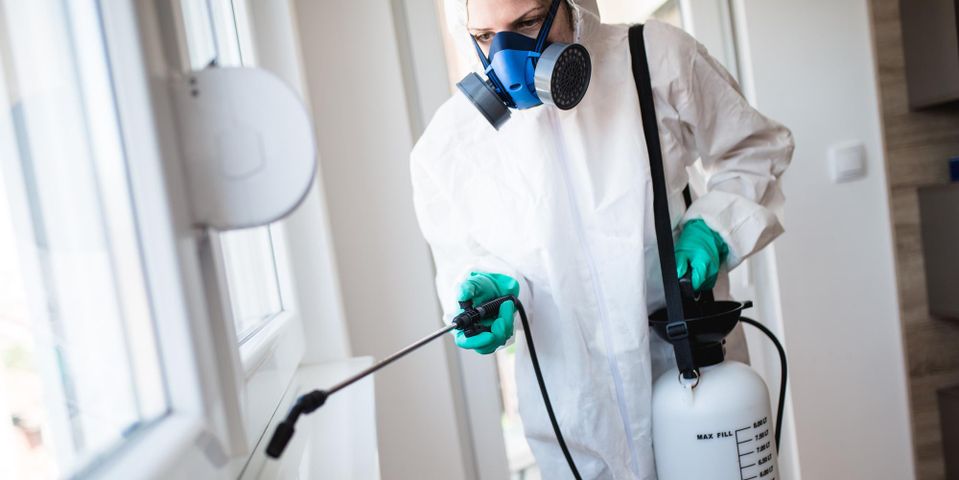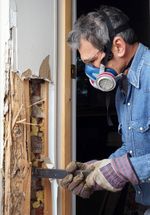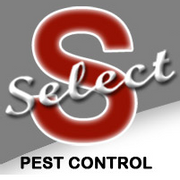What Is the Average Life Span of a Termite?

When it comes to pest infestations, termites are feared by homeowners. However, the more you know about these wood-eating insects, the more likely your termite control efforts are to be successful. Use the following guide to gain a clearer understanding of the life cycle of these powerful pests.
The Average Life Cycle of Termites
Mating & Birth
Termites don’t always use their wings, but during the mating flight, they swarm to leave their colonies and mate. Once fertilized, the affected termites shed their wings and start to build new, separate colonies, of which they are the kings and queens. When a termite queen’s eggs hatch, white larvae emerge.
Young Life
Young termites are called nymphs, and they molt, or shed their exoskeletons. The molting cycle will continue throughout a termite’s life span, as they trade hard exoskeletons for soft ones, and back again. After a few molts, the termites will develop into one of three roles: workers, soldiers, and reproductive termites (alates).
Working Life
 The worker termites are those that build tunnels and chambers, allowing other termites to feed or leave the colony. Soldier termites are known for their yellowish brown hue and large heads, while alates are darker and have two pairs of wings for the future mating flight. Once the alates reach the mating stage, they will have fully grown wings and eyes.
The worker termites are those that build tunnels and chambers, allowing other termites to feed or leave the colony. Soldier termites are known for their yellowish brown hue and large heads, while alates are darker and have two pairs of wings for the future mating flight. Once the alates reach the mating stage, they will have fully grown wings and eyes.
While soldiers and workers only live for one to two years, queen termites can live upwards of 10. If you spot termites in your home, call for professional termite control right away—the pest have probably been eating wood in your house for a few years. Most homeowners spot these pests when they’re making tunnels or swarming.
For lasting termite control services, get in touch with Select Pest Control of Cincinnati, OH. They have over 30 years of experience tackling pest infestations in both residential and commercial properties, and they’ll be glad to get the bottom of your bug problem. In addition to termite control, they also exterminate bedbugs, carpenter ants, and even mice. For more information on their services, visit the website or call (513) 352-0080.
About the Business
Have a question? Ask the experts!
Send your question

